Wales / Cymru – Let’s explore here
What’s it like in Wales?
Wales is a very beautiful country that’s part of the United Kingdom. It’s located on the island of Great Britain and shares a land border with England. The capital, Cardiff, is the most visited city in Wales (2017), and its urban zone area is home to almost 850,000 people (2022). Most of the population live along the south coast and in the adjacent valleys.
It has a long and rich history that’s been intertwined with England’s for a long time. There are many castles and the folklore and Welsh mythology is rich, especially involving the Celts and druids.
The west and centre of the country has lots of mountains and the north west contains the national park, Eryri (Snowdonia). The highest point is Yr Wyddfa (Snowdon), at 3,560 ft (1,085 m) above sea level. The islands of Anglesey and Holy island sit off the north west coast, and they are the heartland of the Welsh language.
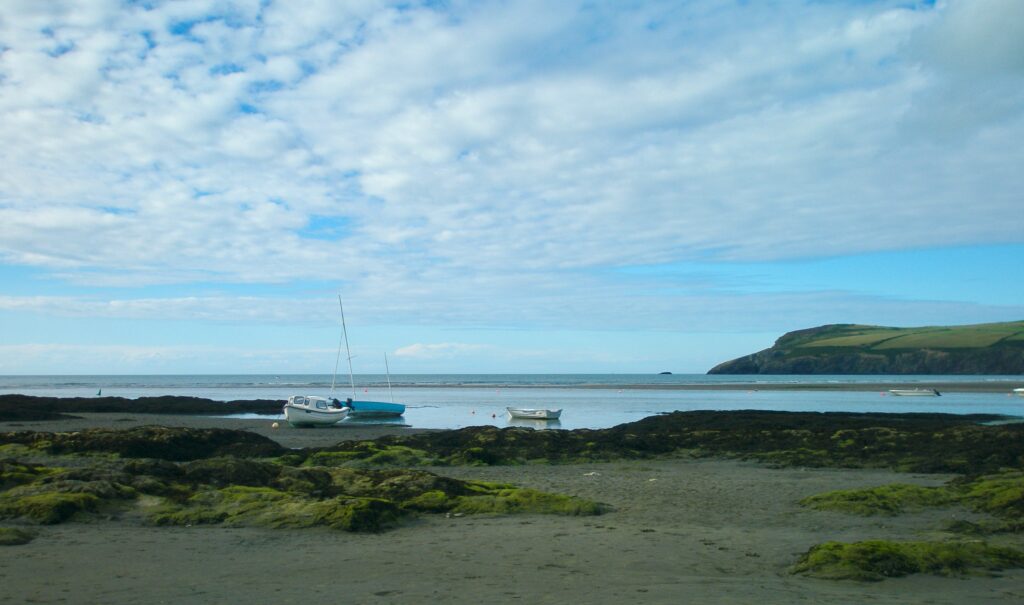

A bit about the history of Wales
Early History and Celtic Influence
Wales, like much of the British Isles, has a long history dating back to ancient times. The earliest inhabitants of Wales were Celtic tribes, with evidence of settlement from as far back as 250,000 years ago. The Celts arrived around 500 BC and formed distinct tribal groups. The region was known for its strong culture and language, which is still spoken today as Welsh. The Roman invasion of Britain in the 1st century AD did not result in the Romanisation of Wales to the same extent as other parts of Britain, with the Celts maintaining their independence.
Medieval Wales and the Kingdoms
Following the Roman withdrawal in the 5th century, Wales was divided into a number of small kingdoms, such as Gwynedd, Powys, and Dyfed. During the early medieval period, the Welsh kingdoms were often in conflict with each other and with the Anglo-Saxons. The most notable of these was the Kingdom of Gwynedd, which had a significant role in resisting Saxon encroachment. By the 9th century, the Vikings also began to raid Wales, and the region experienced both conflict and cultural exchange.
Norman Conquest and the Fight for Independence
After the Norman Conquest of England in 1066, the Normans began to expand into Wales, establishing a series of castles and fortifications. Despite numerous Norman attempts, the Welsh were able to retain control over much of the country. However, over the following centuries, Norman lords and English kings continued their efforts to conquer Wales. By the 13th century, King Edward I of England sought to bring Wales fully under English control, and after a series of wars, the last Welsh principality, Gwynedd, fell in 1283.
The Statute of Rhuddlan and English Rule
Following the conquest, Edward I enacted the Statute of Rhuddlan in 1284, which annexed Wales to the Kingdom of England. Wales was divided into several counties, and English law was imposed. Although the Welsh remained distinct in terms of culture and language, the country was governed by English laws, and the Welsh were expected to adopt English practices. In 1536 and 1543, the Laws in Wales Acts were passed by Henry VIII, which further integrated Wales into England by creating a unified legal system and parliamentary representation.
Industrial Revolution and Economic Change
The Industrial Revolution of the 18th and 19th centuries had a profound impact on Wales. The country became a hub for coal mining, iron production and steel manufacturing, particularly in South Wales. Cities such as Cardiff, Swansea and Newport grew rapidly, and Wales became a crucial part of the British Empire’s industrial base. However, the rapid industrialisation also led to social and environmental challenges, including poor working conditions and harsh living environments for the working class.
Political and Cultural Movements
Throughout the 19th and 20th centuries, there was a growing movement for Welsh nationalism, cultural preservation and political autonomy. The Welsh language, which had been in decline due to English domination, began to see a revival. In the early 20th century, there was a rise in Welsh political movements, with groups advocating for the protection of Welsh culture, language and greater independence.
Devolution and the Modern Era
In 1997, a referendum led to the creation of the National Assembly for Wales, which granted Wales a degree of self government. The assembly’s powers were expanded with the Government of Wales Act 2006, which gave Wales legislative powers in areas such as education, health and local government. In 2011, another referendum further extended devolution, allowing the National Assembly to make laws in a greater range of areas without needing approval from the UK Parliament. Today, Wales remains part of the United Kingdom, but it has its own distinct identity and governance. The Welsh language has seen a resurgence, and the nation continues to celebrate its rich cultural traditions. The future of Welsh independence or further devolution remains a topic of ongoing political debate.
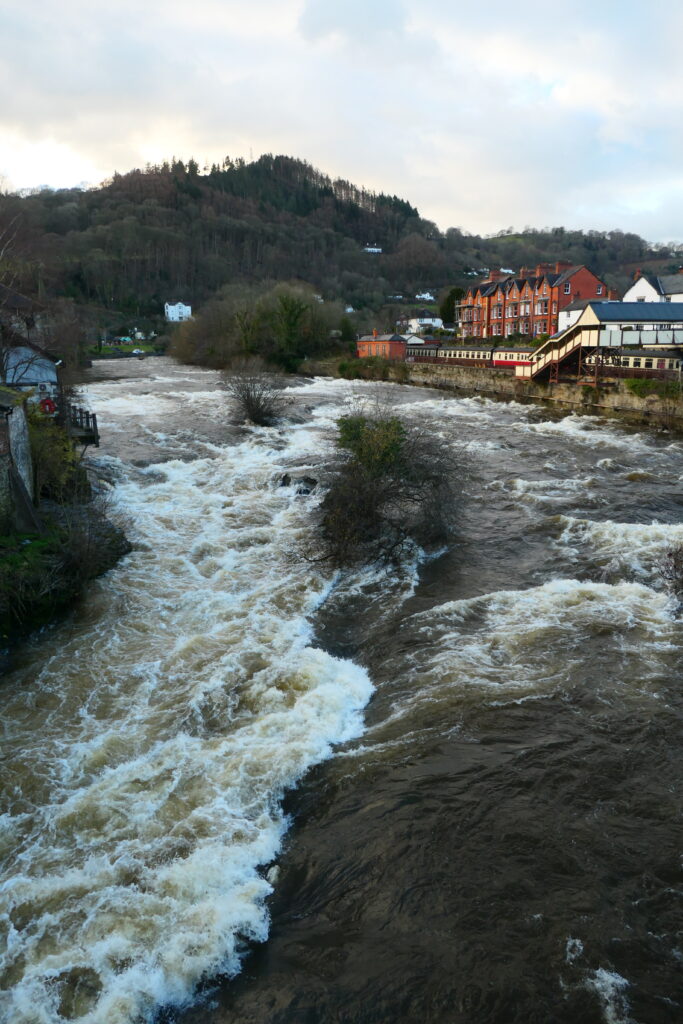
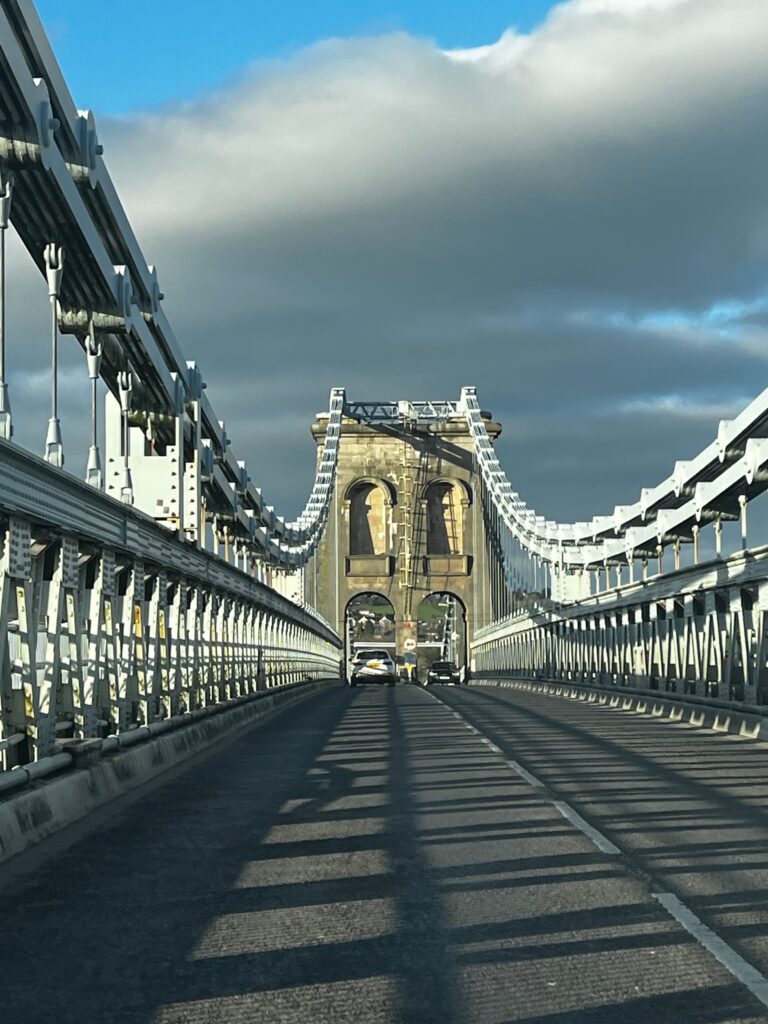

Wales road trip
For our Welsh road trip, we travelled the 800 miles (1,290 km) around much of the coast, including the lovely islands of Anglesey and Holy Island, and back up through the centre of Wales via the Brecon Beacons and all around Eryri (Snowdonia). There are lots of absolutely stunning sights in Wales, and loads of amazing castles to visit, far too many for one road trip. More reasons to go again 🙂
There were quite a few floods on our trip and so we used the flood warning site for Wales to help us plan our journey.
Map of our road trip through Wales

Our route through Wales started and ended in the lovely town of Chester In England:
Wrexham – Llangollen – Conwy – Llandudno – Beaumaris – Holyhead – Llanddwyn Beach – Aberdaron – Criccieth – Portmeirion – Barmouth – Machynlleth – Aberystwyth – Cardigan – Fishguard – Saint Davids – Pembroke – Tenby – Swansea – Port Talbot – Cardiff – Newport – Caerphilly – Merthyr Tydfil – Brecon – Elan Valley – Machynlleth – Bala – Betws-y-Coed
Our favourite places in Wales
These are some of the best places that we explored on our road trip through Wales. We’ve put them in alphabetical order.
Aberdaron
Aberdaron is a lovely little village on the southern tip of the Llŷn Peninsula, a designated area of outstanding natural beauty. Two small islets lie just off the coast, Ynys Gwlyan fawr and Ynys Gwlyan bach. The larger holy island of Bardsey Island is also close by.

Barmouth
Barmouth is a lovely coastal town on the north west coast of Wales, on the River Mawddach estuary.
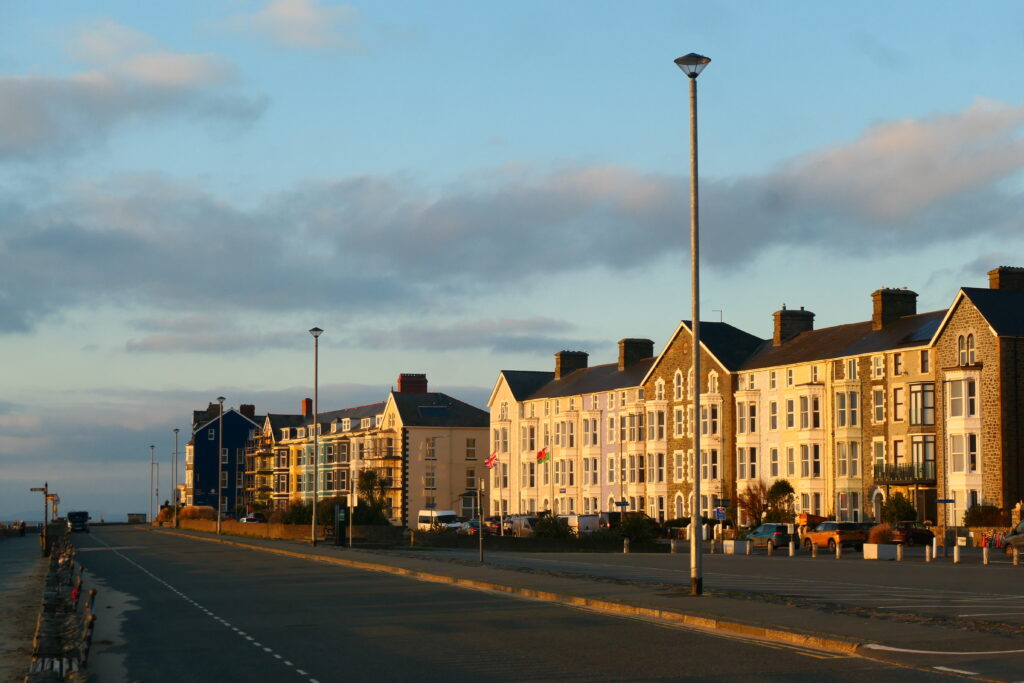
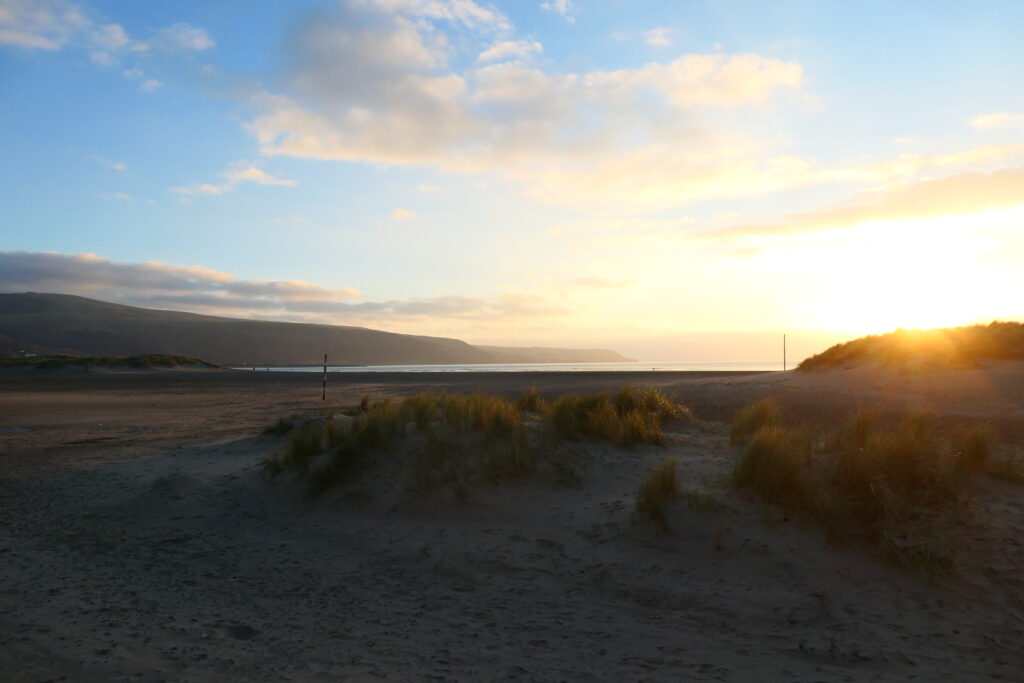
Beaumaris, Anglesey
Beaumaris is a lovely little town in the south eastern corner of Anglesey, in north west Wales. It’s located right on the Menai Strait which provides for beautiful morning and evening views towards the Welsh mainland.
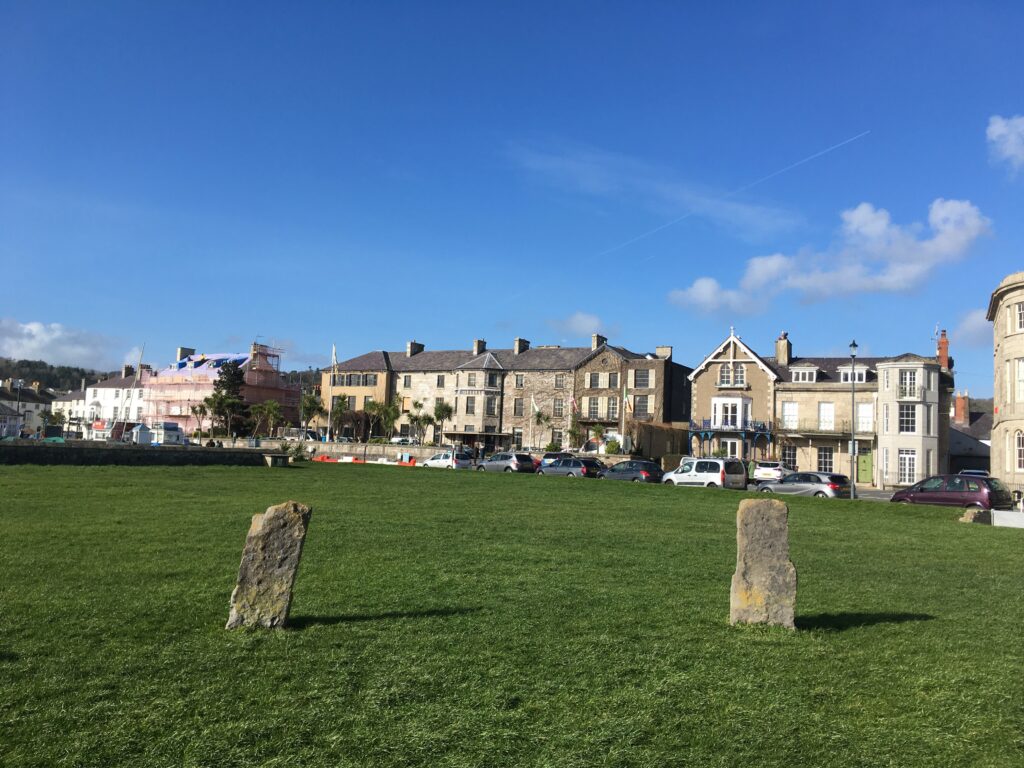
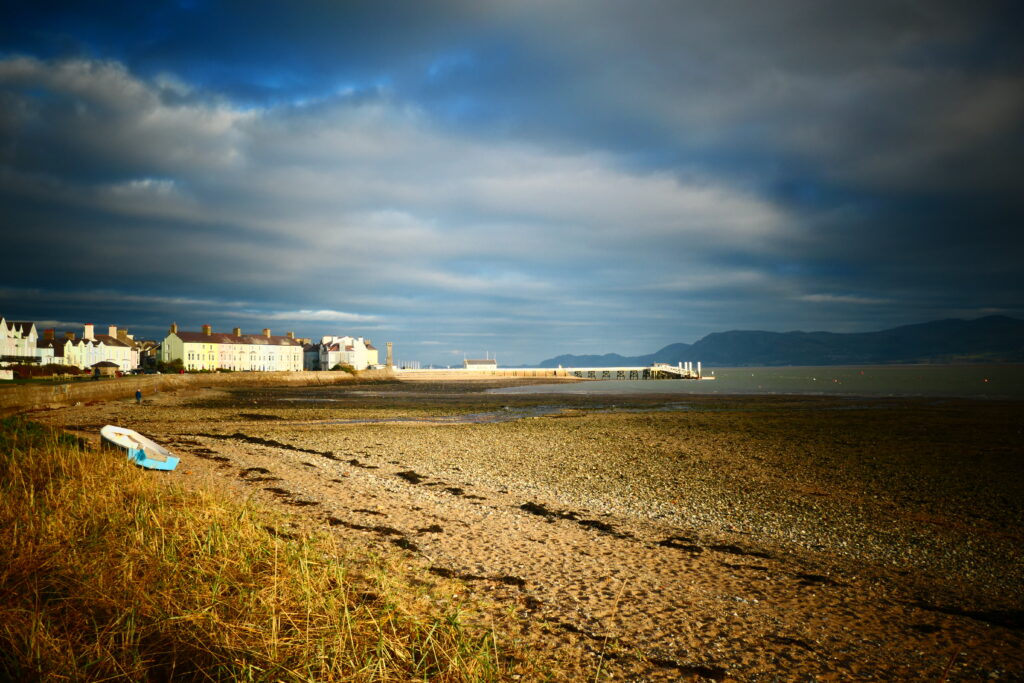
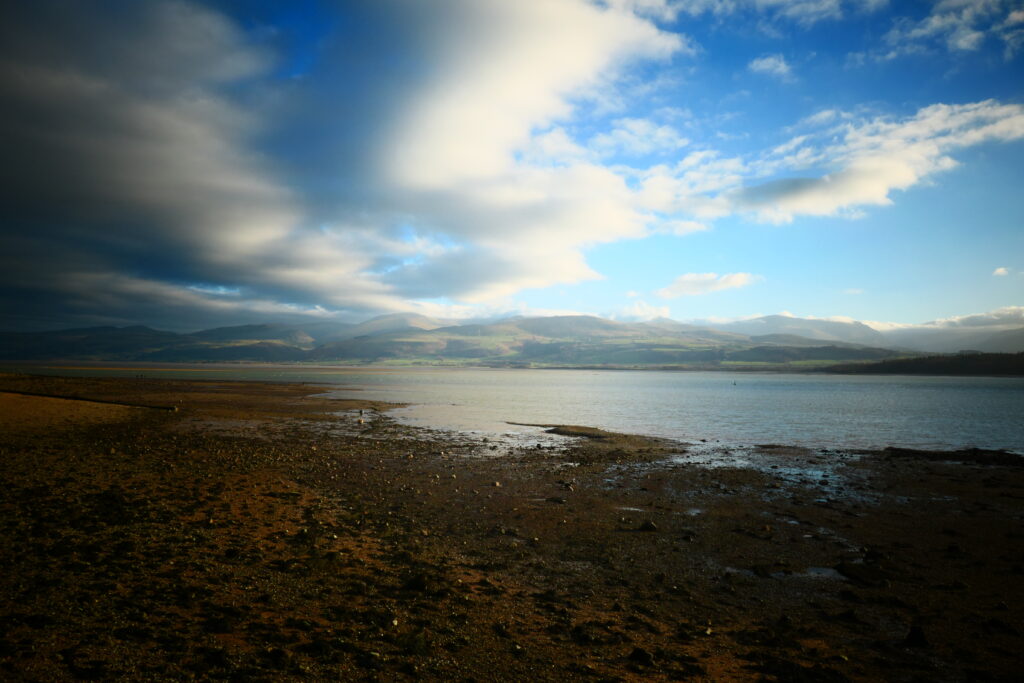
Betws-y-Coed
Betws-y-Coed is a small but very popular village in Eryri (snowdonia) National Park. Catering for mass tourism, it has a number of decent outdoor camping shops and lots of cafés.
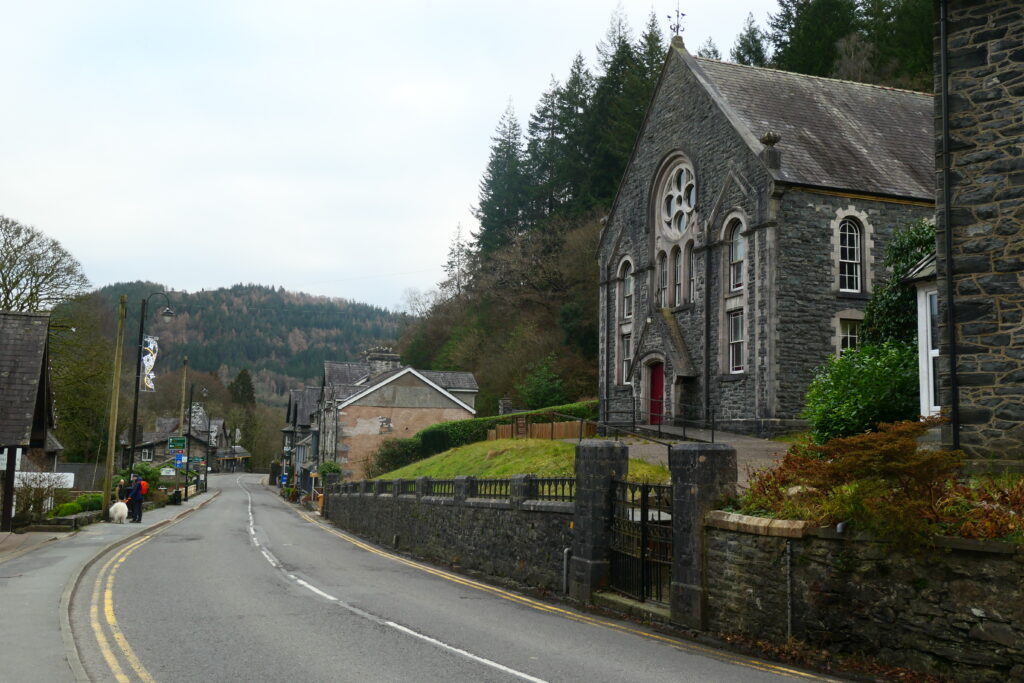
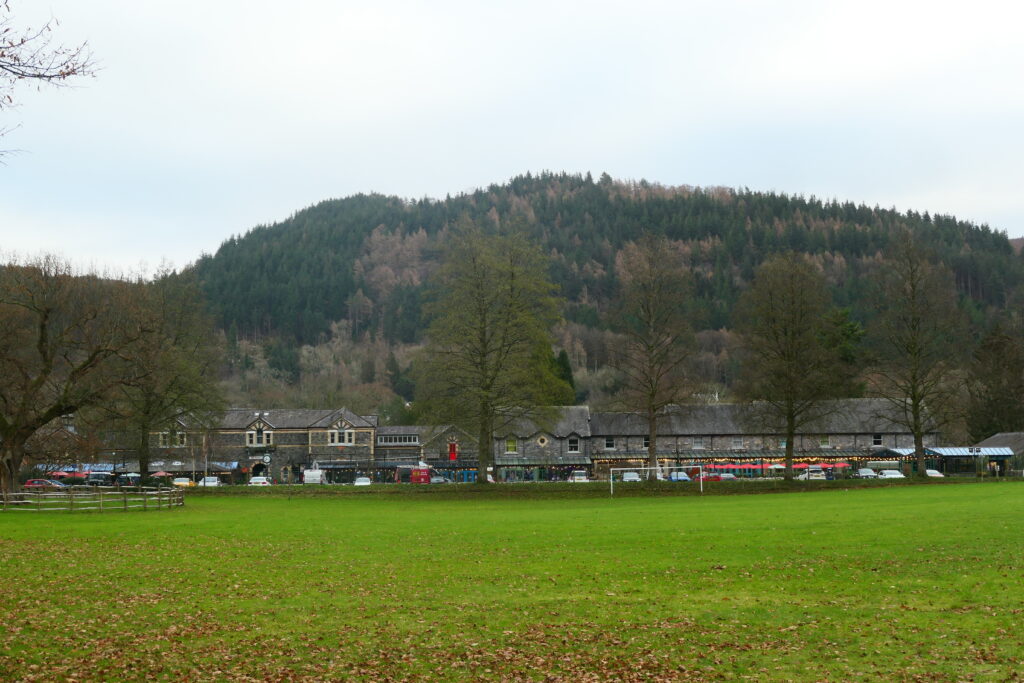
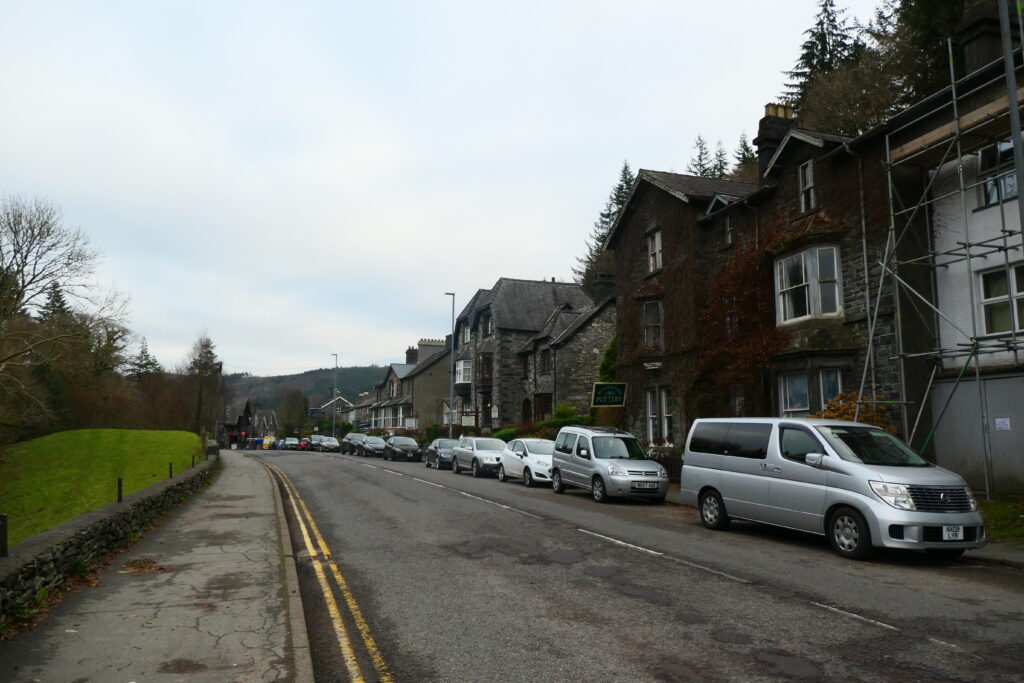
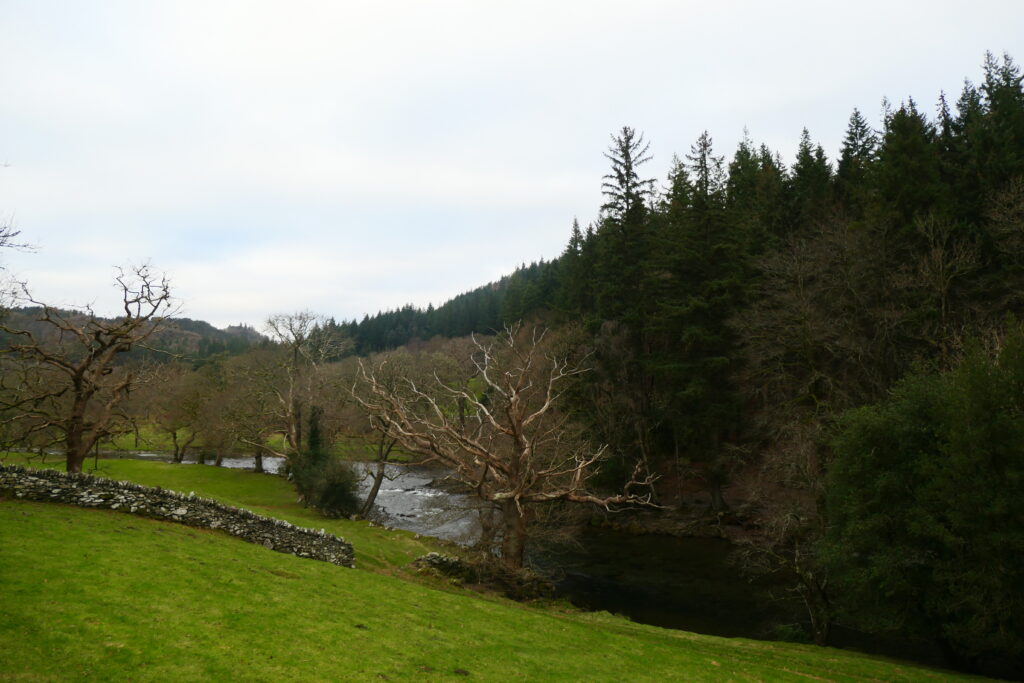
Bull Bay
Bull Bay is the most northerly settlement in Wales. It’s located on the north coast of Anglesey, in far north west Wales. East Mouse island lies just off the coast.

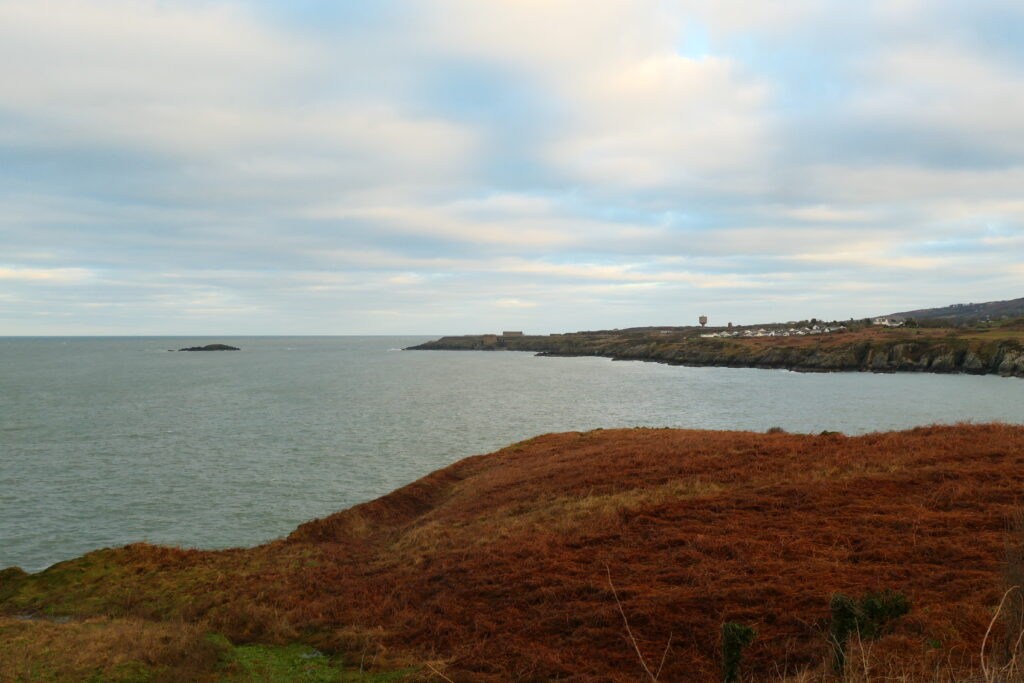
Cardigan Bay
Cardigan Bay is a beautiful part of Wales. It’s the largest bay in Wales and is located on its west coast. There are many beaches along the bay, and lots of pretty villages to explore. Giant spider crabs are common, although not indigenous. On a good day, you can also see dolphins, porpoises, seals, sharks and whales.

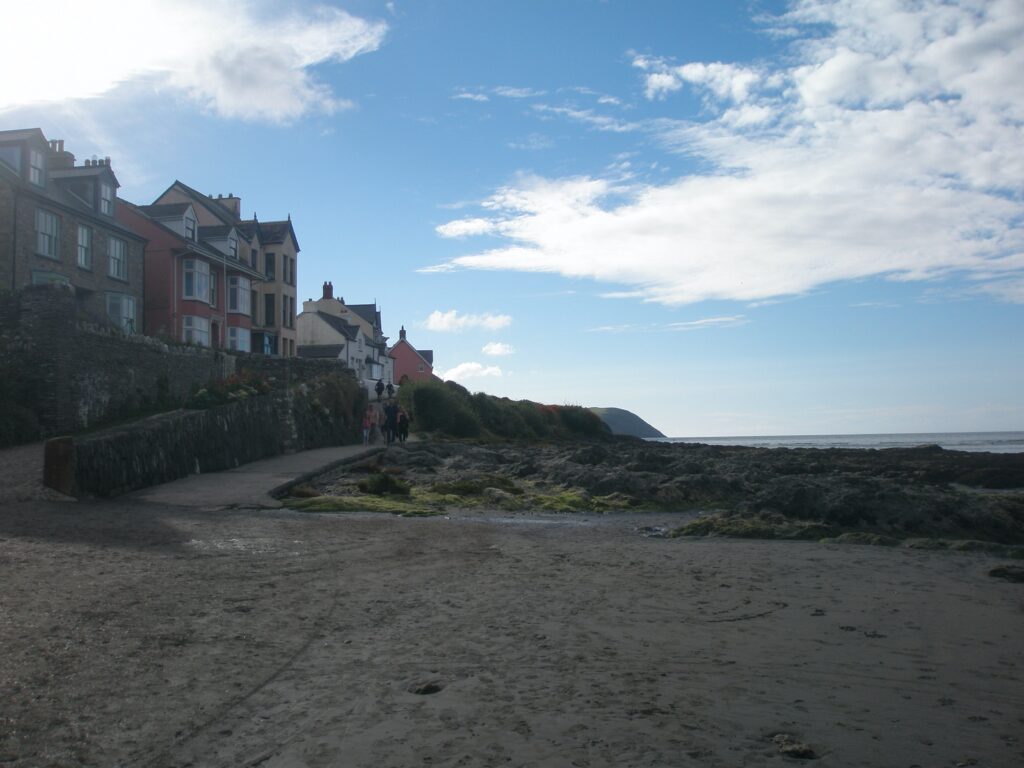
Conwy
Conwy is a small, pretty market town on the coast in north west Wales. It’s home to a remarkable 13th century castle, built for Edward I of England.

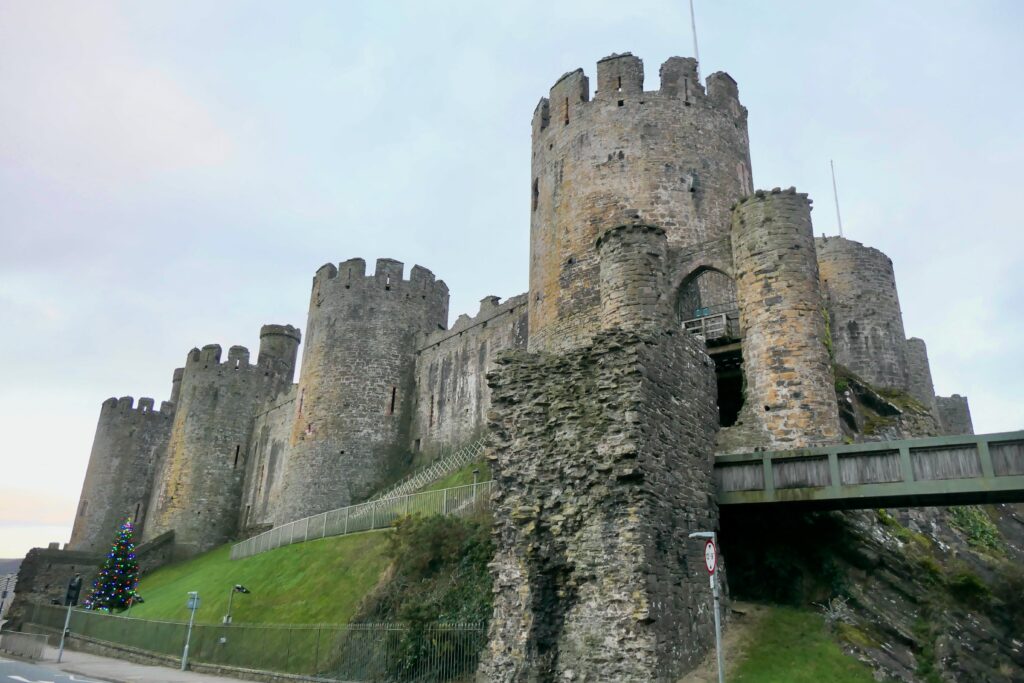
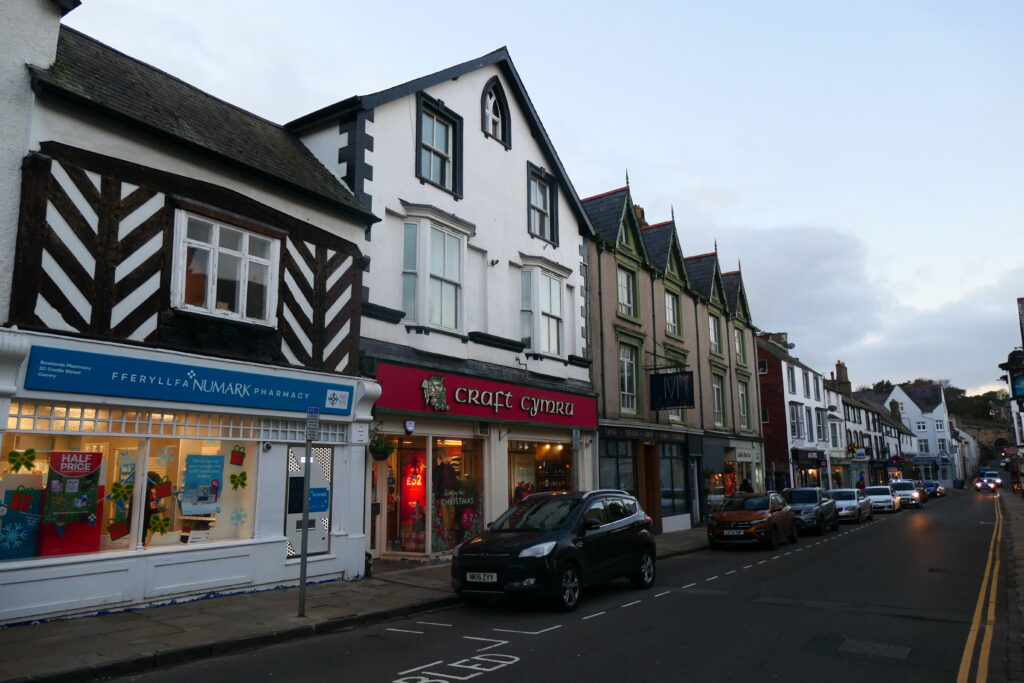

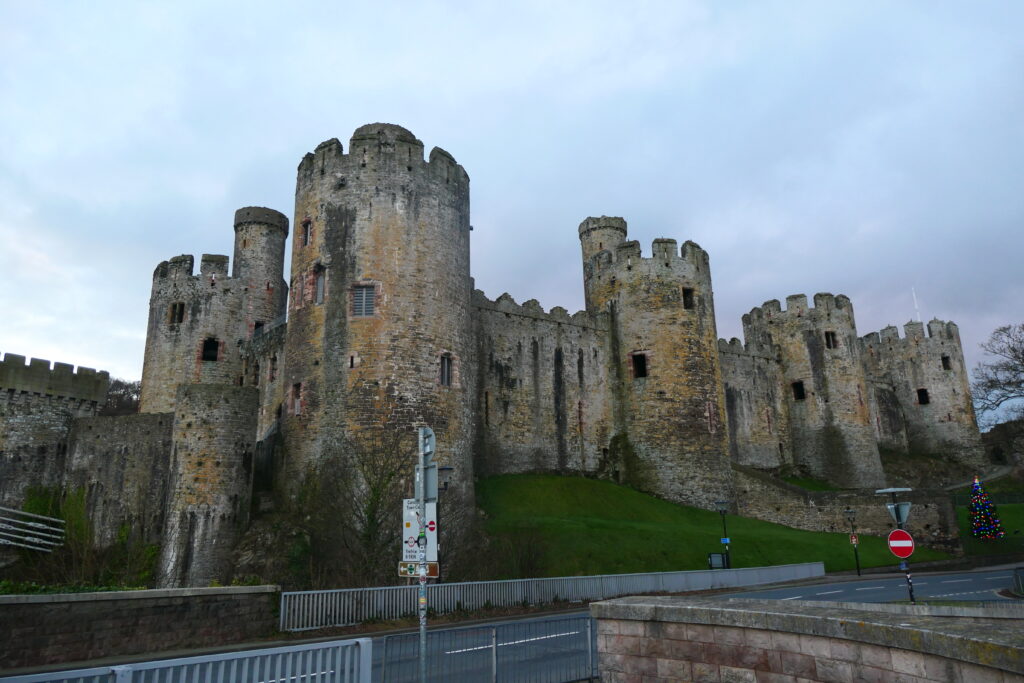
Criccieth
Criccieth is a lovely town in the far north eastern corner of the Llŷn Peninsula, dominated by the 13th century castle of the same name.
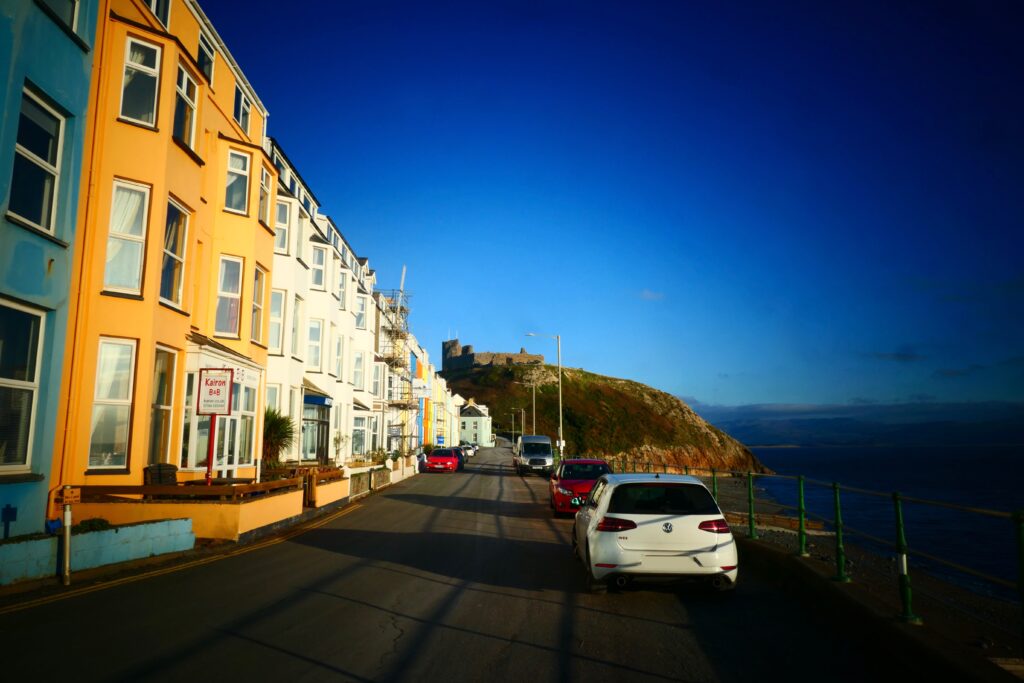
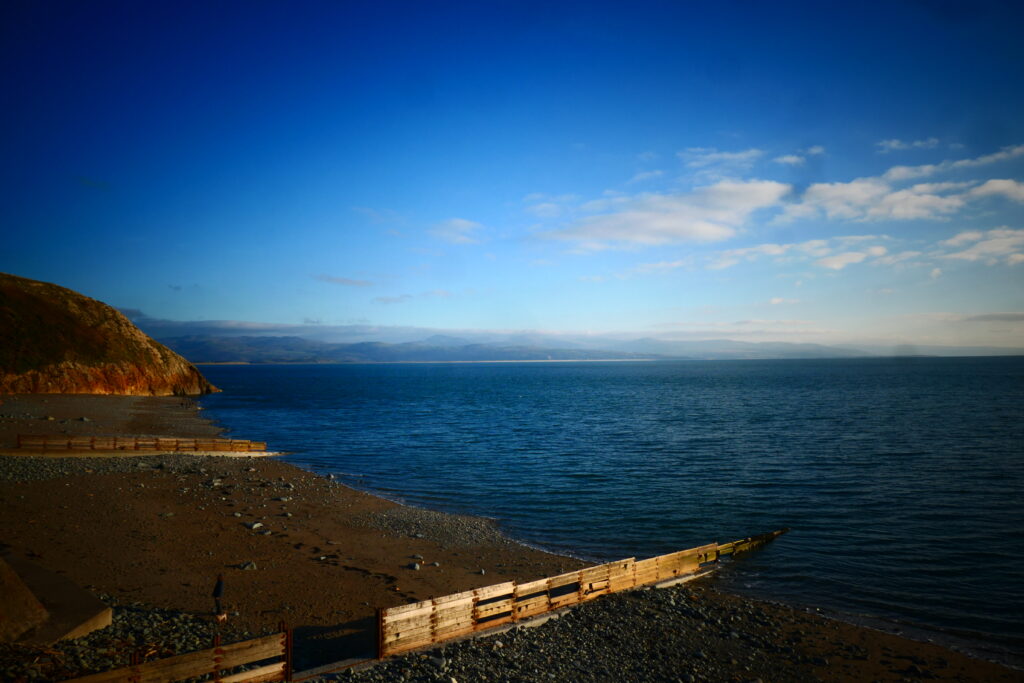
Eryri (snowdonia) National Park
Eryri (snowdonia) National Park is the most mountainous region in all of Wales. It’s located in the north west of the country and is home to Wales’ highest mountain, Yr Wyddfa (Snowdon), at 3,560 ft (1,085 m) above sea level. The whole area is stunning and is definitely worth a visit.
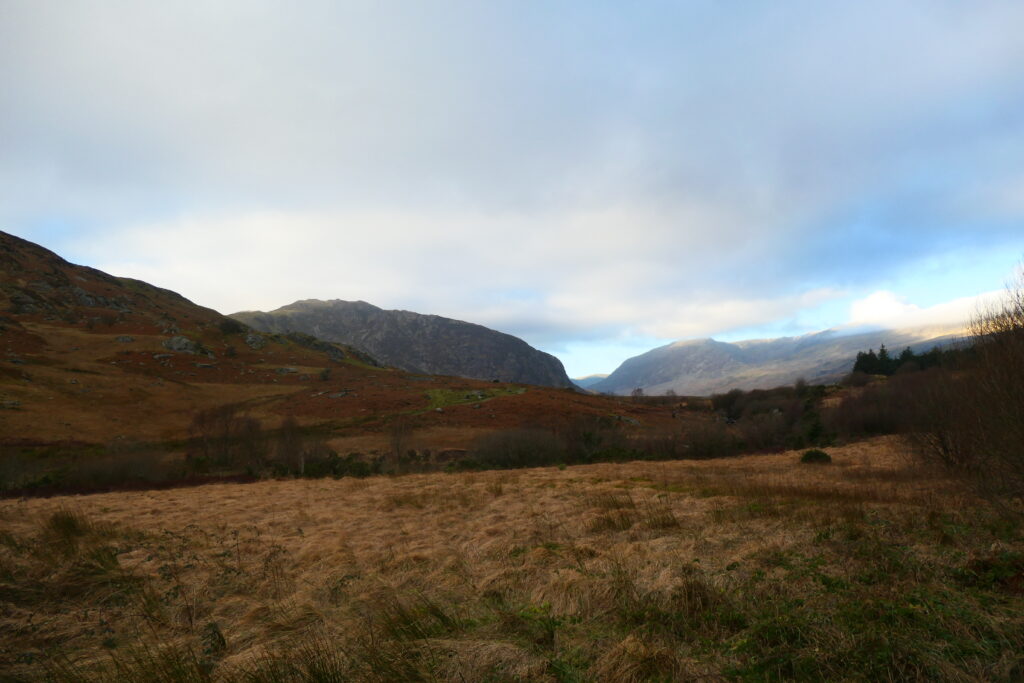
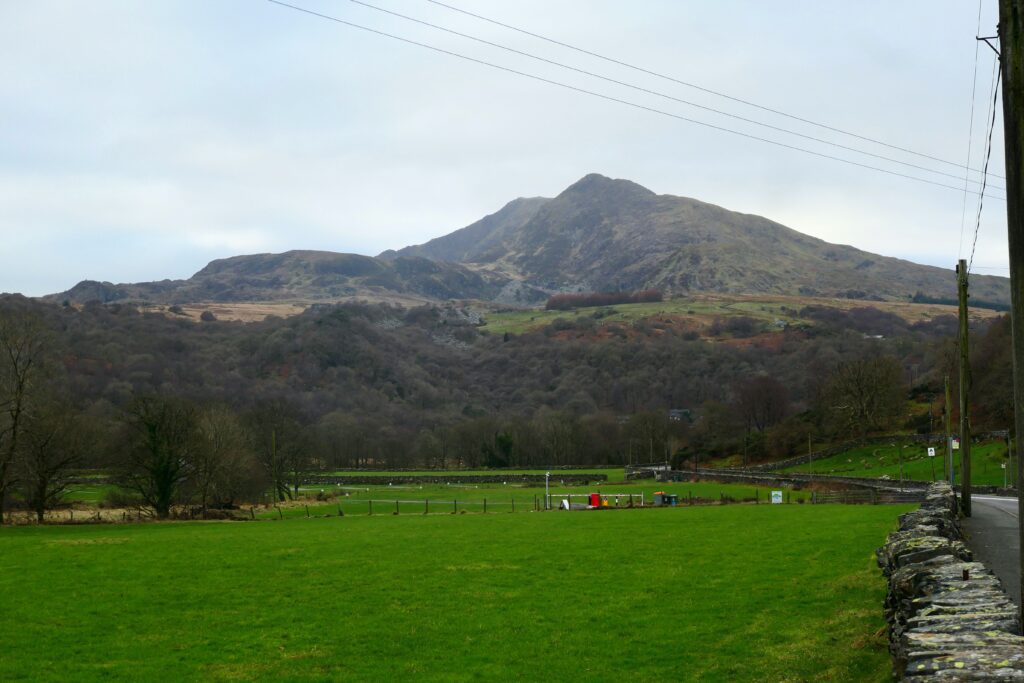

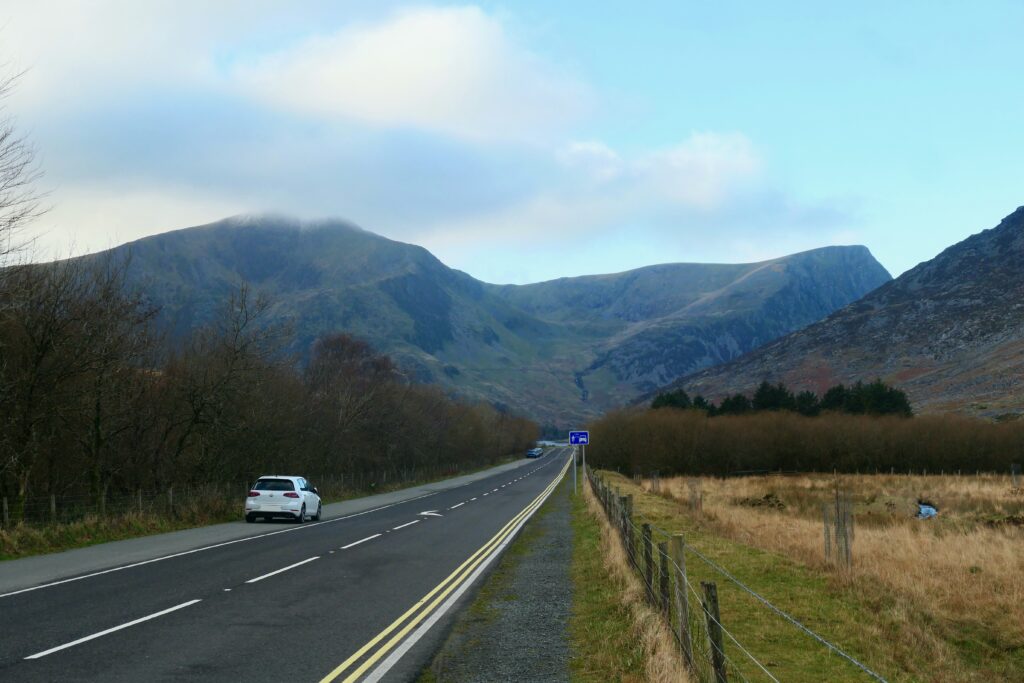


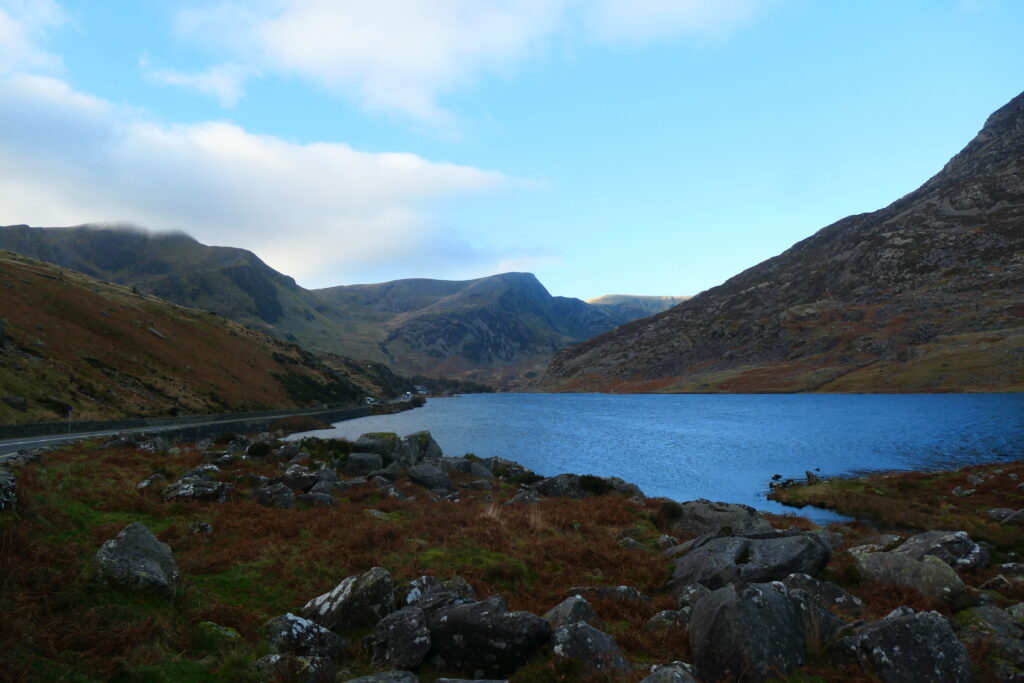
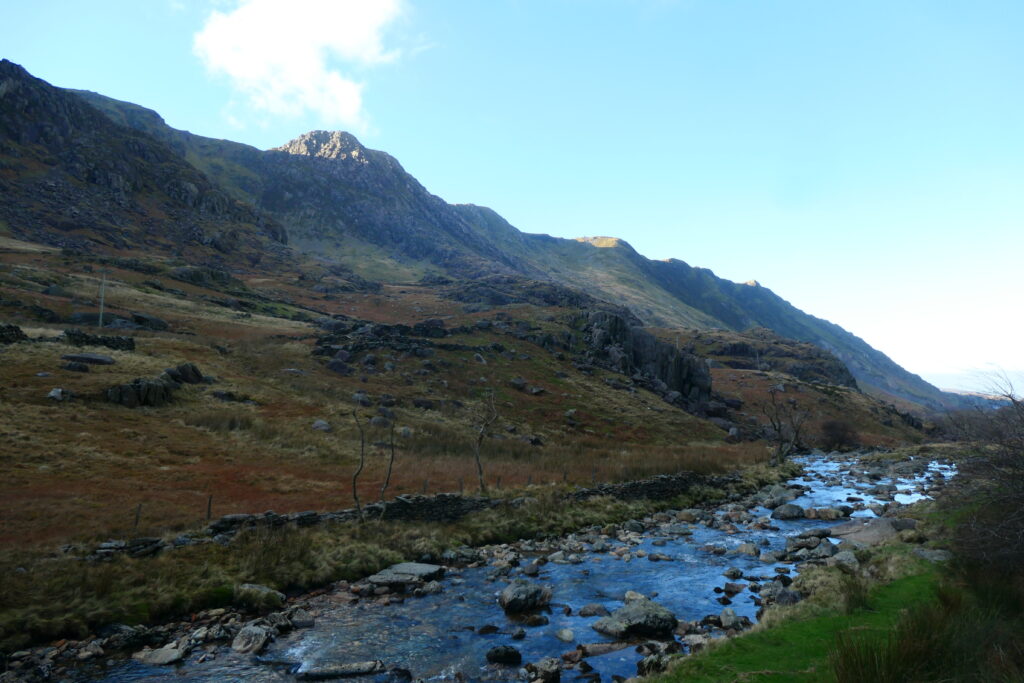

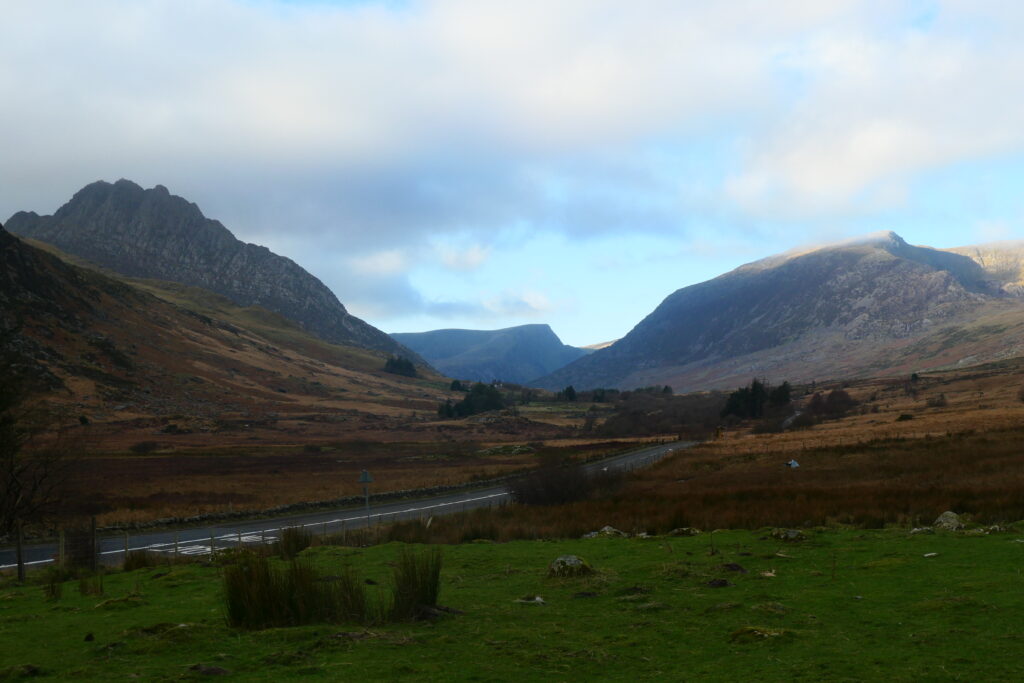
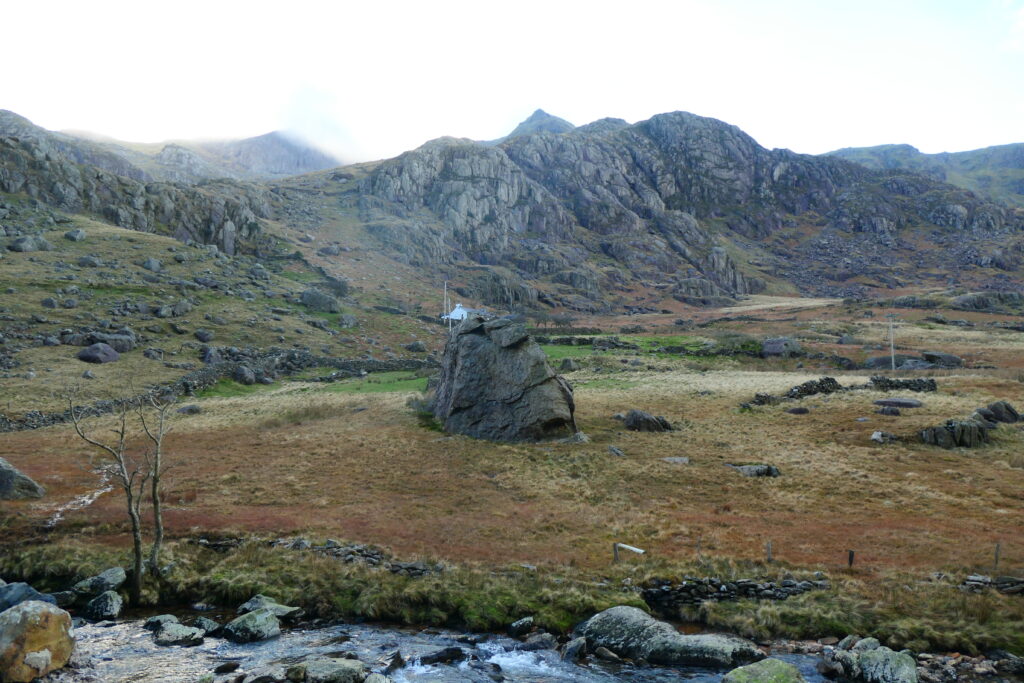

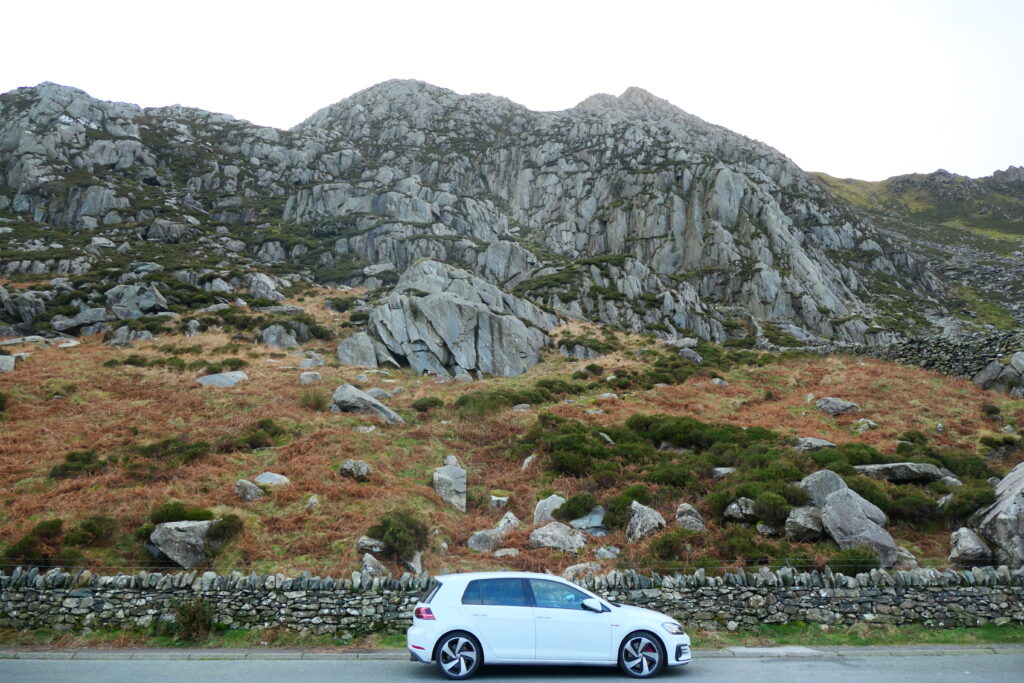

Harlech Castle
Harlech Castle is a fantastic 13th century castle, built for King Edward I, and located on the north west coast of Wales.
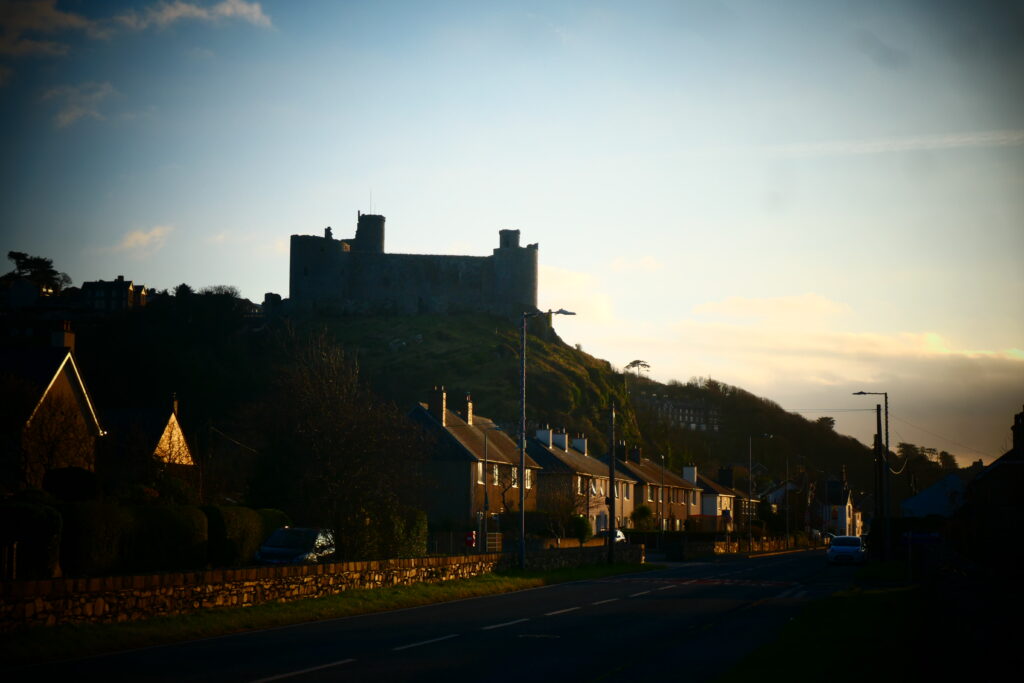

Holy Island
Holy Island is a lovely island off the coast of Anglesey Island, in far north west Wales. It’s called ‘Holy’ because of the large number of standing stone religious sites on the island. Holyhead is the largest town on the island and is a major ferry port to Dublin in Ireland. South Stack is an island off the coast of Holy Island upon which sits a magnificent lighthouse, built in 1809.


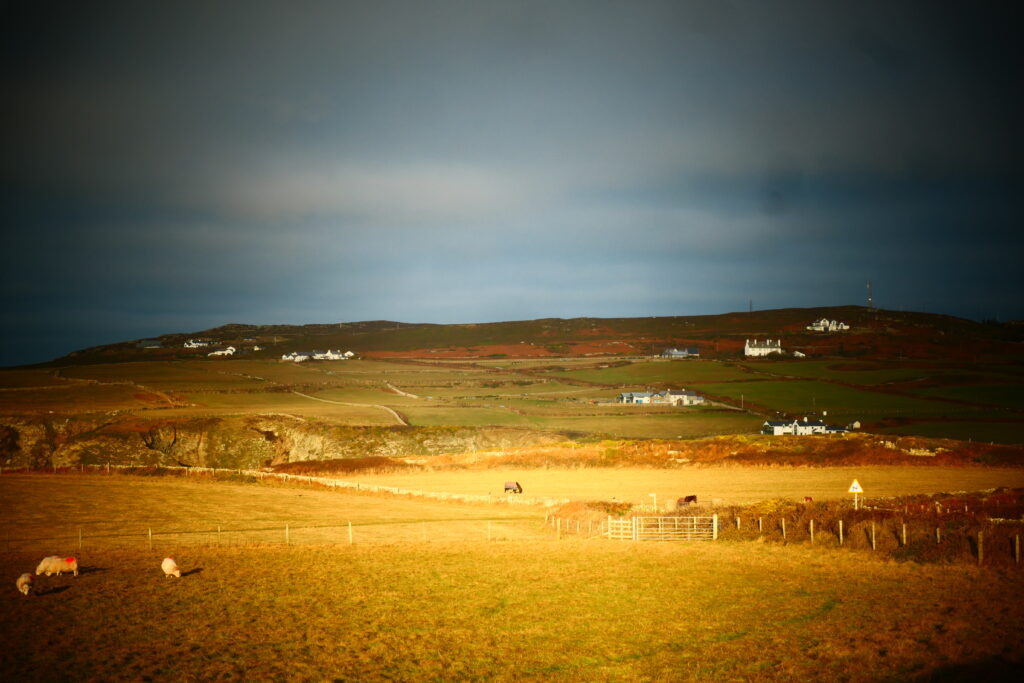

Llanaelhaearn
Llanaelhaearn is a small village in the far north west of Wales on the Llŷn Peninsula, a designated area of outstanding natural beauty.

Llanberis
Llanberis is a village in Eryri (snowdonia) National Park in north west Wales. Because of its location at the foot of Yr Wyddfa (Snowdon), the highest mountain in Wales, it’s a haven for hikers and climbers alike. The village sits between lakes Llyn Padarn and Llyn Peris, as does Dolbadarn Castle, a 13th century ruined fort. The area used to be the largest slate mining area in the world, and thus the National Slate Museum is also located here.


Llandudno
Llandudno is a lovely tourist town on the north east coast of Wales. It has a lovely beach, a long Victorian pier and lots of restaurants and cafés to cater for the huge volume of tourists that visit every year.



Llangollen
Llangollen in a very pretty town, popular with tourists, on the river Dee in north east Wales, not far from the border with England. Due to the excellent rapids on the river, water sports are popular in the town.
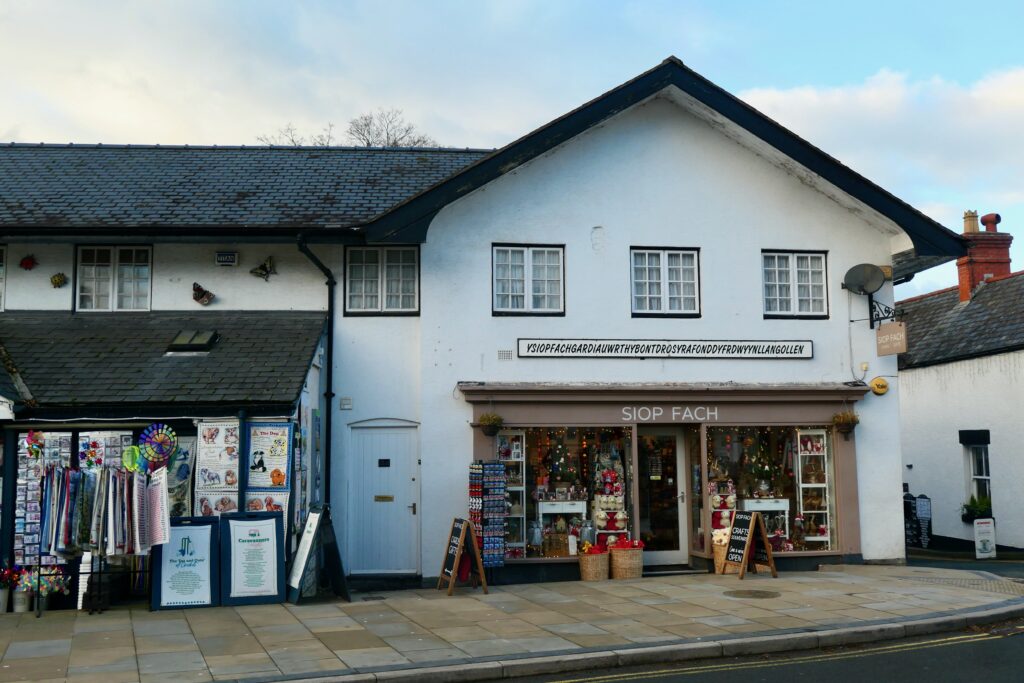
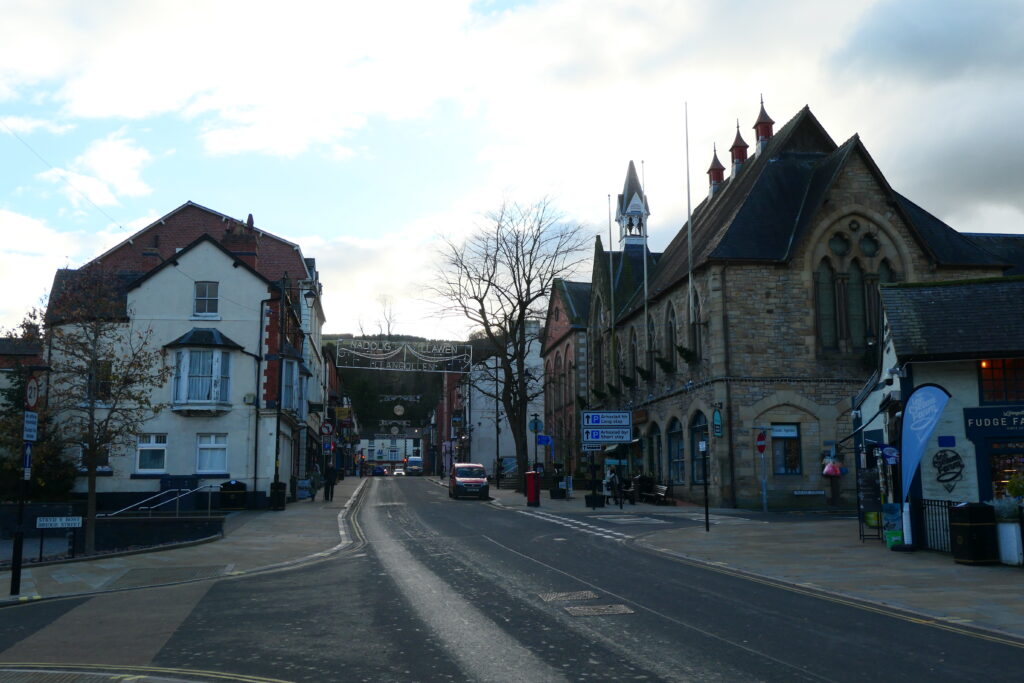

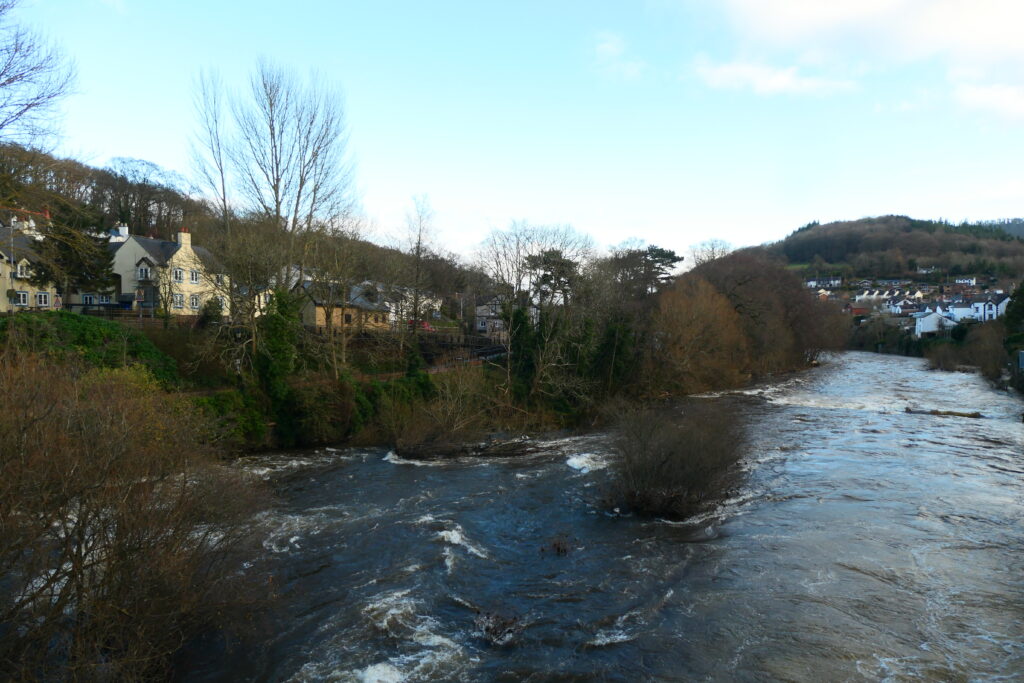
Nefyn
Nefyn is a lovely little town on the west coast of the Llŷn Peninsula in far north west Wales. The Nefyn bay offers some spectacular views and the beach is very popular amongst locals.

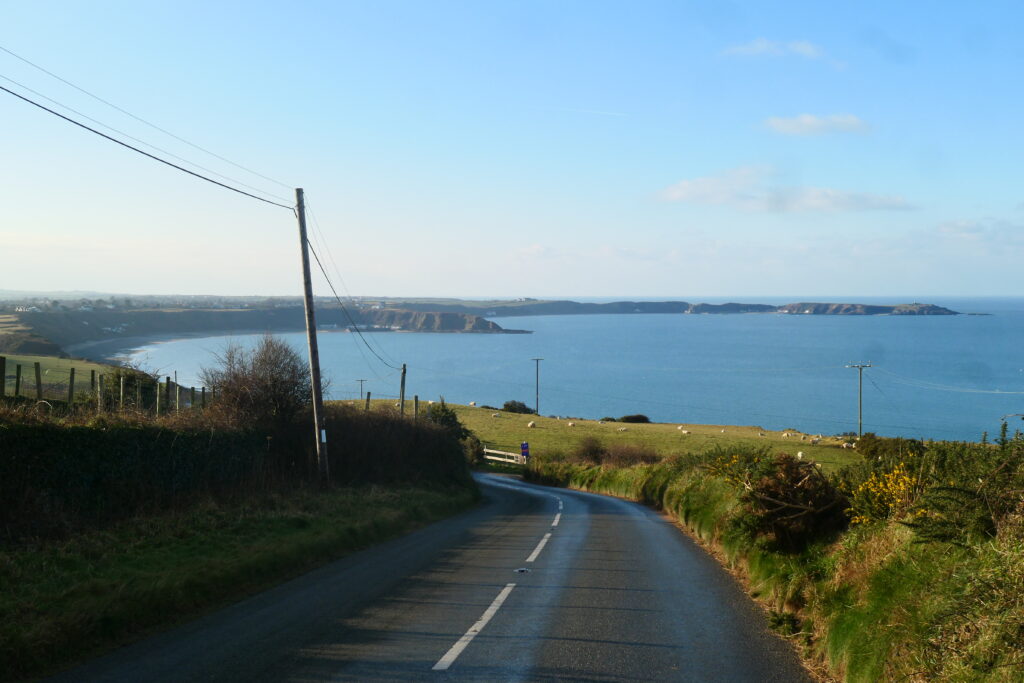
Pen-lôn
Pen-lôn is a small village in south west Anglesey in far north west Wales. It’s surrounded by sand dunes and has great views towards Eryri (Snowdonia).

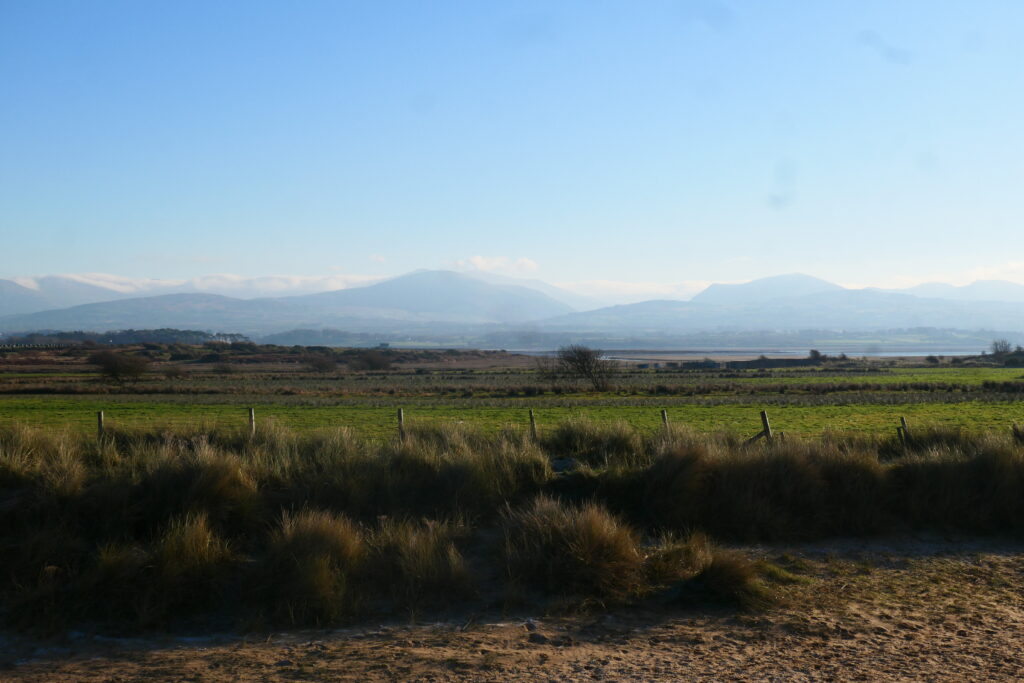
Penrhyndeudraeth
Penrhyndeudraeth is a small village close to the north east tip of the Llŷn Peninsula, close to the mouth of the River Dwyryd.
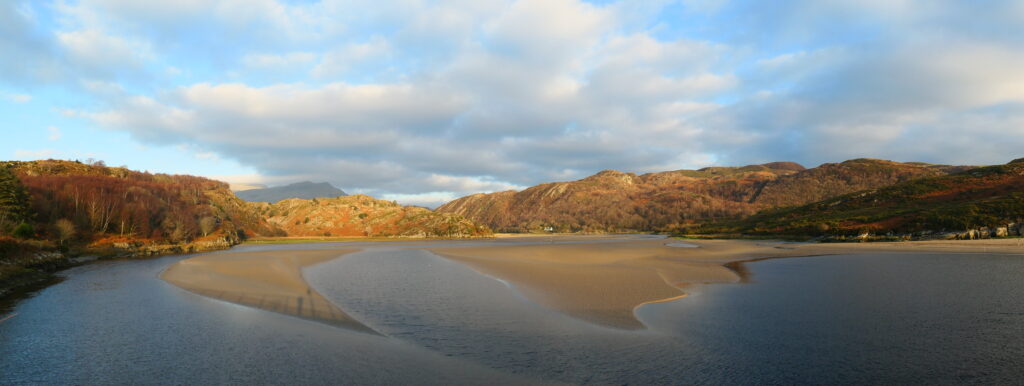
Porth Dafarch
Porth Dafarch is a small bay with a lovely beach on the west coast of Holy Island, off the cost of Anglesey, in far north west Wales.

St Davids
St David’s is a very small city located almost at the most western point of Wales. Its population is only 1,350 people (2021), making it the smallest city in the UK by population. It is the resting place of Saint David, the patron saint of Wales, and is named after him.
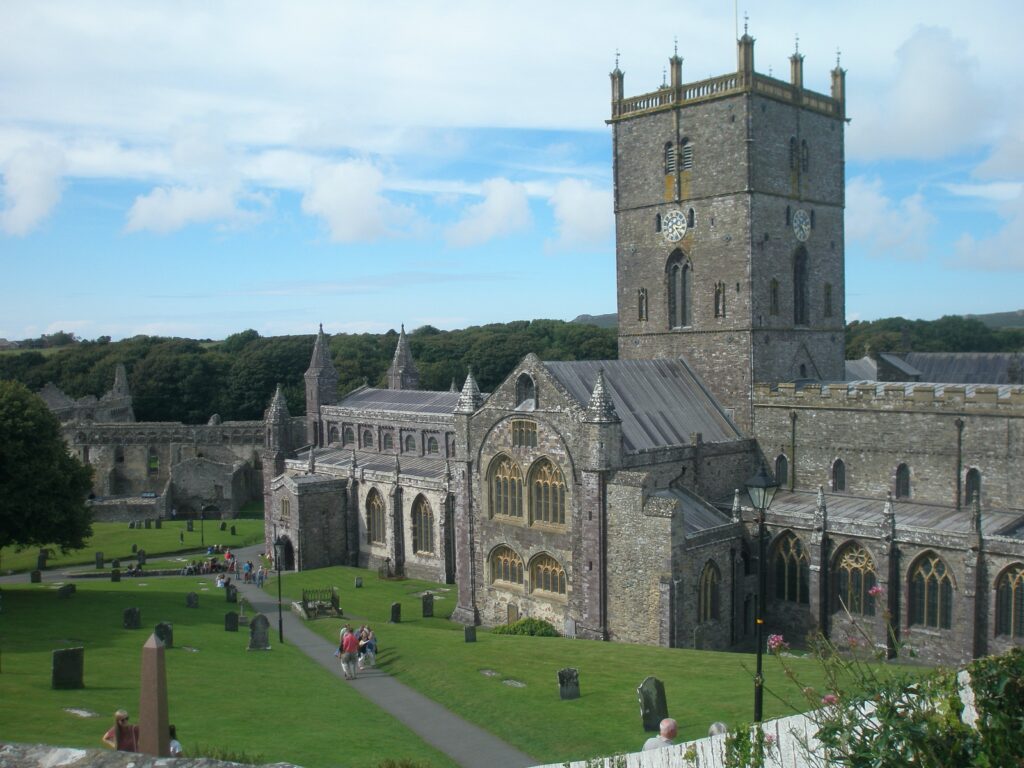

Tenby
Tenby is located in the far south west of Wales, in Carmarthen Bay, Pembrokeshire. There are miles of golden sandy beaches and beautiful coastal walks aplenty.
Nearby is the stunning Carew castle. Originally built as a Norman fort in 1100, Gerald de Windsor and his decendents created the current castle on the site. Still owned by the Crew family, it is maintained by Pembrokeshire National Park Authority.
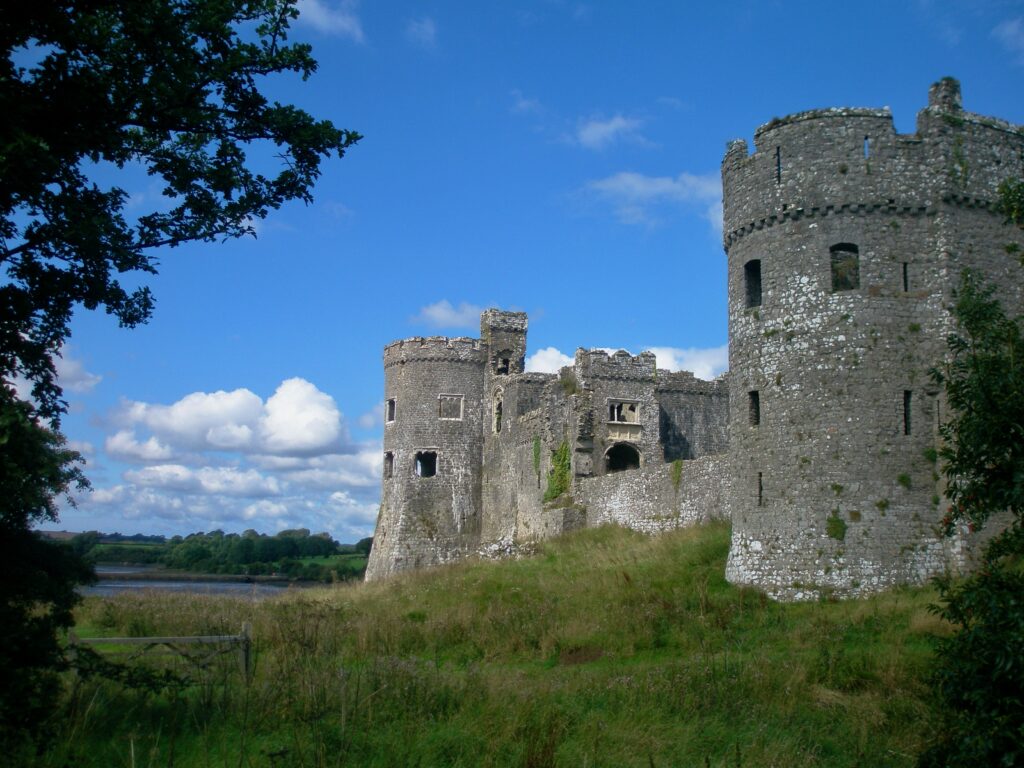
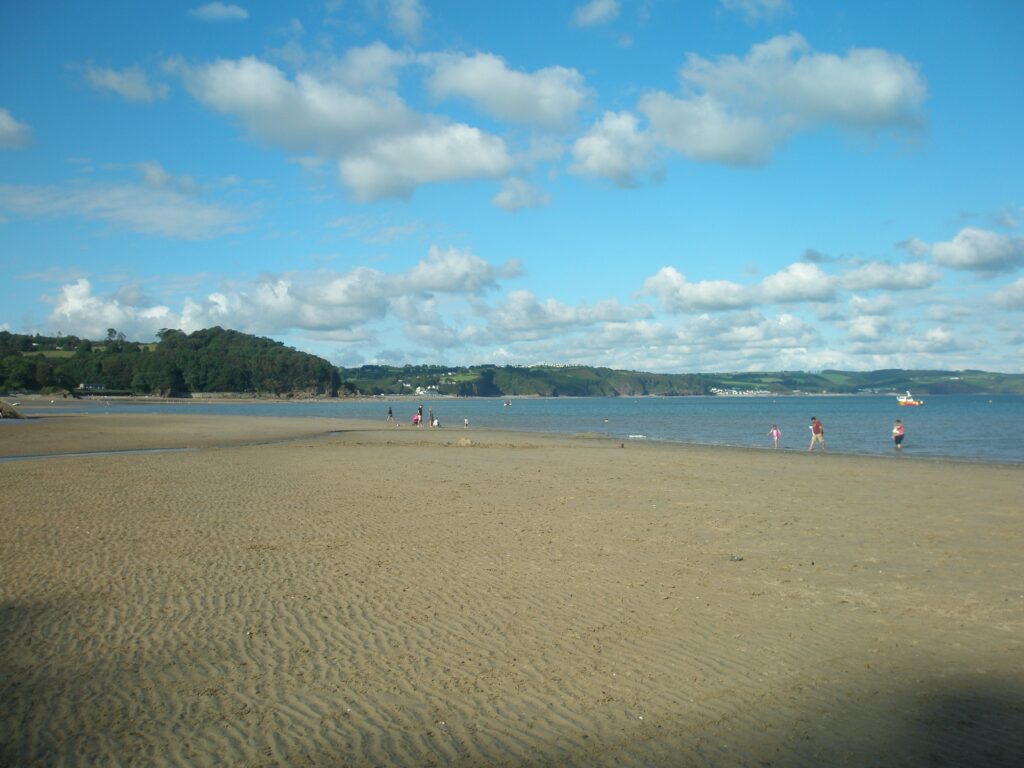
What’s it like to drive in Wales?
Driving in Wales is mostly a slow affair, mostly due the the national speed limit of 20mph (32kmp) in all urban areas! Since this speed limit was introduced we’ve noticed that many drivers in towns have become more aggressive borne out of frustration. Also many drivers can be quite aggressive on motorways. Many poor drivers also tend to sit in the middle lane on motorways on in the overtaking lane on dual carriageways, hindering the flow of traffic. The use of the car horn is not widely used outside of actual warnings or emergencies.
What are the speed limits in Wales?
They drive on the left hand side of the road in Wales.
The speed limits for cars in Wales are:
- 30 mph (50 km/h) for urban driving
- 60 mph (100 km/h) outside of built up areas
- 70 mph (110 km/h) on dual carriageways
- 70 mph (110 km/h) on motorways
Due to the high chance of rain and flooding in Wales, we used the flood warning site for Wales to help us plan our journey.
We’ve also created a dedicated page to driving abroad, which you might find helpful 🙂
What currency do they use in Wales?
In Wales they use pound sterling. The use of credit / debit cards is now widespread, although not guaranteed – have some cash just in case, particularly in cafés and restaurants. ApplePay is widely accepted in petrol stations and most stores in major towns. Traveller’s cheques are accepted. There are lots of ATMs.
You should make yourself aware of the amount that your bank charges you for using credit and debit cards abroad. Often credit cards are cheaper for purchasing items directly, and for withdrawing cash from ATMs.
What language do they speak in Wales?
They speak English and Welsh in Wales.
What time zone is Wales in?
Remember, when you’re planning your next trip to take a look at what time zone it’s in.
Do I need a visa to visit Wales?
We’ve created a dedicated, more comprehensive page on visas, which you should find helpful. Check it out!
Is wild camping legal in Wales?
No, wild camping is illegal in Wales.
What plug / socket type do they use in Wales?
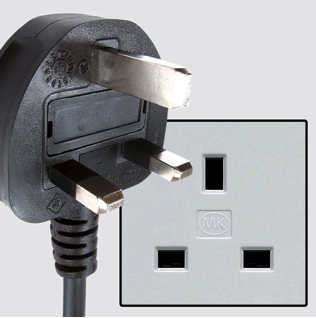
In Wales they use plug / socket type G.
Health issues in Wales
Is it safe to drink water in Wales?
Yes, it is safe to drink tap water in Wales. Bottled water is also readily available across Wales.
What vaccinations are required for Wales?
This NHS website is kept up to date with all relevant information on vaccinations in Wales.
Phones in Wales
What is the country calling code for Wales?
The country calling code for the Wales is +44
What are the emergency phone numbers in Wales?
- The emergency number for police in Wales is: 999 / 112
- In Wales, the emergency number for England is: 999 / 112
- The emergency number for fire in Wales is: 999 / 112
If you’ve got some useful info that you’d like to share, let us know!
Don’t forget to check out all the other pictures!
